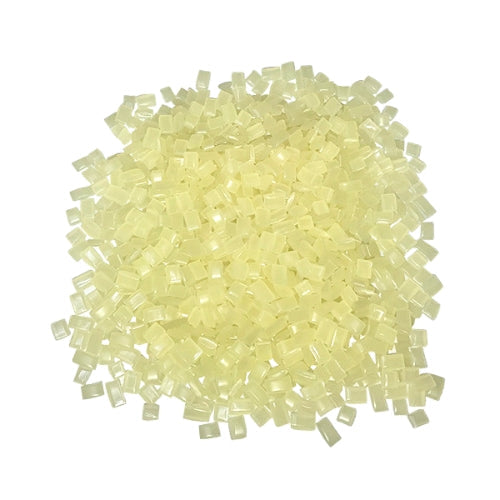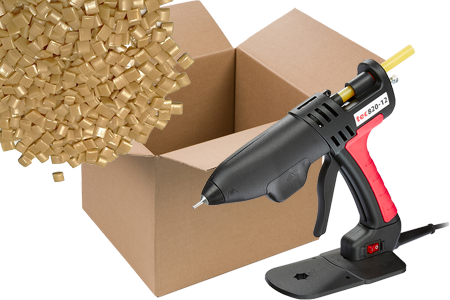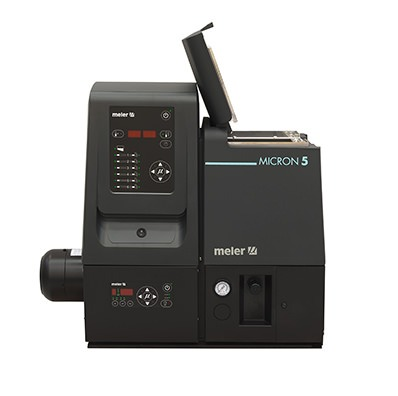In today's world, there is a growing focus on sustainability and being more environmentally friendly. Many businesses are taking on environmental initiatives to achieve their goals including those related to cardboard and paper recycling.
While cardboard recycling is a common practice, there are issues that can arise in the recycling process. One common problem is the presence of adhesives on cardboard boxes, labels, and packaging. The adhesives can inhibit the recycling process and lead to issues. For businesses looking to make a positive impact on the environment, it is important to not only understand how adhesives can affect the cardboard recycling process but also ways to avoid any of these problems.
Problems with Adhesives in Cardboard Recycling
The goal of cardboard recycling is to take old cardboard products and repurpose them into new cardboard products. During this process, the cardboard is broken down through a series of steps before it is turned into sheets of paper material to be used once more.
The presence of adhesives on the cardboard materials may complicate the recycling process. Some adhesives are compatible with the recycling process and small amounts can be incorporated into the recycled paper. In other cases, adhesives need to be removed. The removed adhesive will usually end up in a landfill or is incinerated. In both cases, toxic chemicals or microplastics can be released into the environment.
Unfortunately, it can also be difficult to fully separate the glue from the cardboard fibers so some adhesive can be left behind. The presence of adhesive may contaminate the recycled paper and negatively impact the quality of the new paper products. The sticky residue from traditional adhesives may also accumulate on machinery and cause production problems during the recycling process.
Because of these potential issues, there are several government regulations and guidelines regarding adhesive use on packaging and paper products. But for some businesses, meeting these requirements is a struggle. Depending on their adhesive use, businesses may need to invest in specialized recycling services. Some businesses may even face fines for poor recycling practices if they are not meeting the guidelines laid out for them.
Sustainable Solutions for Adhesives in Cardboard Recycling
While water-based adhesives are often soluble in the recycling process, traditional hot melt adhesives typically need to be removed. Hot melts are great for packaging applications, but they could also lead to the problems mentioned earlier in the recycling process.
To avoid these issues, businesses could try to reduce their adhesive use, but if done incorrectly, this could lead to packaging pop-opens or other adhesion issues. Instead of making major changes to their production process, a simple switch in adhesive may be the answer.
More recently, there has been the development of biodegradable hot melt adhesives that meet ASTM D6400 standards. When removed during the recycling process, these adhesives are designed to break down completely in landfills into non-harmful products. As a result, no microplastics are left behind. Their biodegradability makes them a great sustainable solution for many businesses looking to be more eco-conscious. These products include:
- Standard biodegradable hot glue sticks
- Large 5/8" biodegradable glue gun sticks
- Bulk biodegradable hot melt for automated packaging
- Bulk biodegradable pellets for manual packaging
- 45% bio-based hot glue slugs
Find A More Sustainable Solution
Hot melt is often a necessary component of many cardboard packaging applications, but its impact on the recycling process cannot be ignored. Businesses that are committed to sustainability need to understand how adhesives affect the recyclability of their products. By implementing the use of biodegradable products instead, companies can help minimize their environmental impact.
If you are a business looking to sell more sustainable hot melts to your customers, become one of our partner distributors. We are the master distributor in the Americas of Power Adhesives' new biodegradable hot melts.














